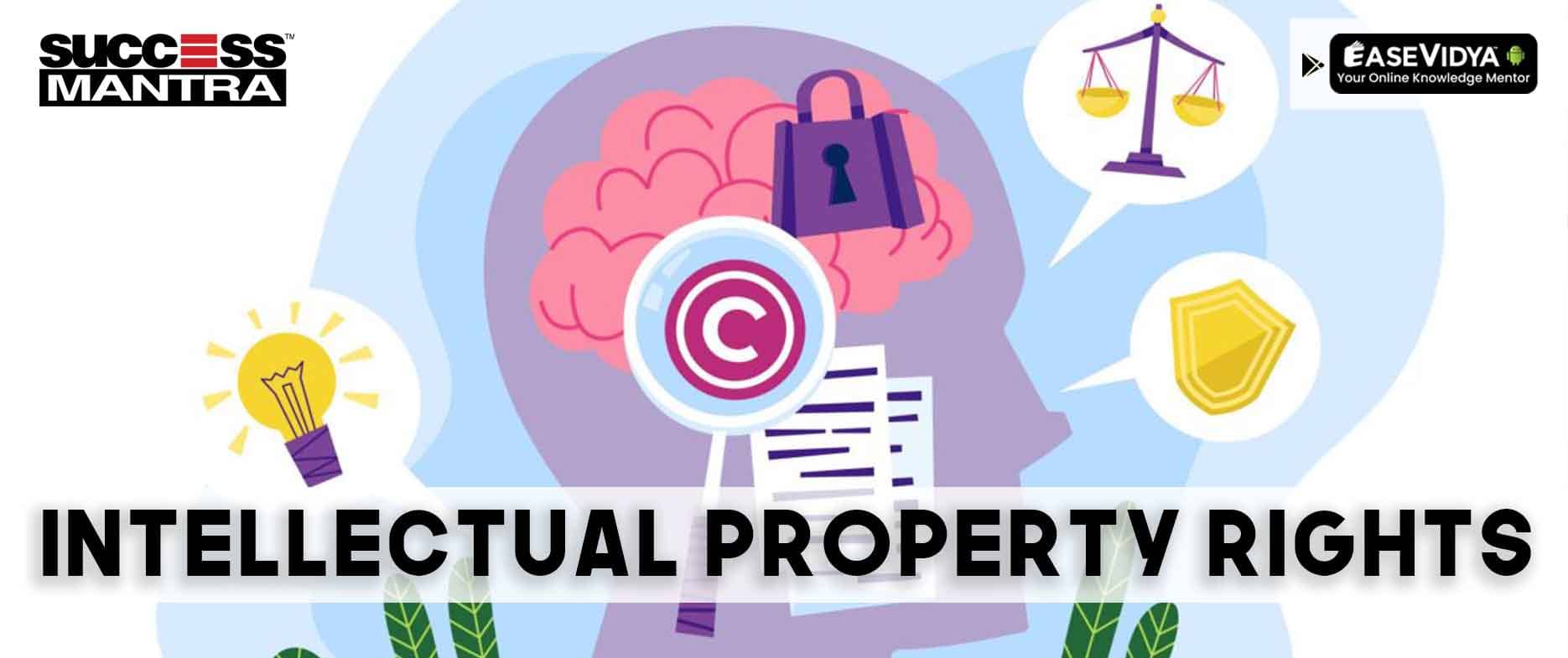
Introduction to Intellectual Property Rights
Introduction to Intellectual Property Rights
Intellectual Property Rights (IPR) play a pivotal role in safeguarding and promoting innovation, creativity, and the fruits of human intellect. These rights, recognized globally, encompass a diverse range of intangible assets, from inventions and artistic works to symbols and names. This article provides a comprehensive introduction to the concept of Intellectual Property Rights, exploring their definition, types, significance, and implications.
Intellectual property rights are legal protections granted to the creators of intellectual property, offering exclusive rights to use, sell, and control their creations for a specified duration.
Intellectual property rights: An overview and implications
IPR is defined as ideas, inventions, and creative expressions, enjoying public recognition and protection. The implications of IPR are far-reaching, influencing innovation, economic development, and societal progress.
What is Intellectual Property?
Intellectual property encompasses inventions, literary and artistic works, designs, and symbols. It is a broad term covering various forms of creativity and innovation.
All about Intellectual Property Rights (IPR)
IPRs protect intangible property owned by individuals or companies, safeguarding against unauthorized use. These rights foster innovation and provide a legal framework for creators. Legal and institutional devices, IPRs protect creations of the mind, such as inventions, art, literature, and designs. They balance the interests of creators and society.
Types of Intellectual Property Rights
Intellectual Property Rights are categorized into several types, each serving a specific purpose in protecting different forms of creative and intellectual endeavors.
Copyright
Copyright protects original literary, artistic, and musical works. It grants creators exclusive rights to reproduce, distribute, and display their work.
Patents
Patents protect inventions, providing inventors exclusive rights to use and sell their creations for a limited period. This encourages innovation by rewarding inventors with a temporary monopoly.
Trademarks
Trademarks safeguard symbols, names, and slogans associated with products or services, preventing others from using similar marks that may cause confusion among consumers.
Trade Secrets
Trade secrets protect confidential business information, such as formulas, processes, and customer lists, giving companies a competitive advantage.
Significance of Intellectual Property Rights
Intellectual Property Rights play a crucial role in fostering innovation, economic growth, and the advancement of society.
Promoting Innovation
IPR provides creators and inventors with the assurance that their efforts will be rewarded, encouraging them to invest time and resources in developing new ideas and inventions.
Fostering Economic Development
By protecting intellectual property, IPR creates a conducive environment for economic development. It stimulates investment in research and development, leading to the growth of industries and job creation.
Protecting Creativity
Intellectual Property Rights safeguard the rights of artists, writers, and inventors, ensuring that their creative works are not exploited without permission. This protection encourages the continued production of creative content.
Facilitating Fair Competition
Trademarks and patents help maintain fair competition by preventing unauthorized use of distinctive marks or copying of patented inventions. This ensures a level playing field for businesses.
Challenges and Controversies
While Intellectual Property Rights are essential for promoting innovation and creativity, they also face challenges and controversies.
Access to Knowledge
The strict enforcement of IPR can sometimes limit access to essential knowledge and medicines, particularly in developing countries. Balancing access and protection remains a complex challenge.
Patent Trolling
Some entities misuse the patent system by engaging in patent trolling—acquiring patents not for innovation but for litigation. This practice can stifle genuine innovation and hinder competition.
Conclusion
In conclusion, Intellectual Property Rights are a cornerstone of modern innovation and creativity. They provide a legal framework for protecting the rights of creators and inventors, fostering a climate conducive to economic development and societal progress. While IPRs come with challenges and controversies, finding a balance between protection and access is crucial for ensuring a fair and innovative global society.













Bobbyacady
<a href=https://furykms.com/es/>activar Windows o Office 365</a> - microsoft office, Download KMS Activator
https://www.waste-ndc.pro/
That is a really good tip especially to those fresh to the blogosphere. Short but very accurate info… Appreciate your sharing thi one. A must read post! https://www.waste-ndc.pro/community/profile/tressa79906983/
https://www.waste-ndc.pro/community/profile/tressa79906983/
This site was... how do you ssay it? Relevant!! Finally I have found something which helped me. Appreciate it! https://www.waste-ndc.pro/community/profile/tressa79906983/
Chester
What's The Job Market For Pornstars On Playboy Professionals? pornstar